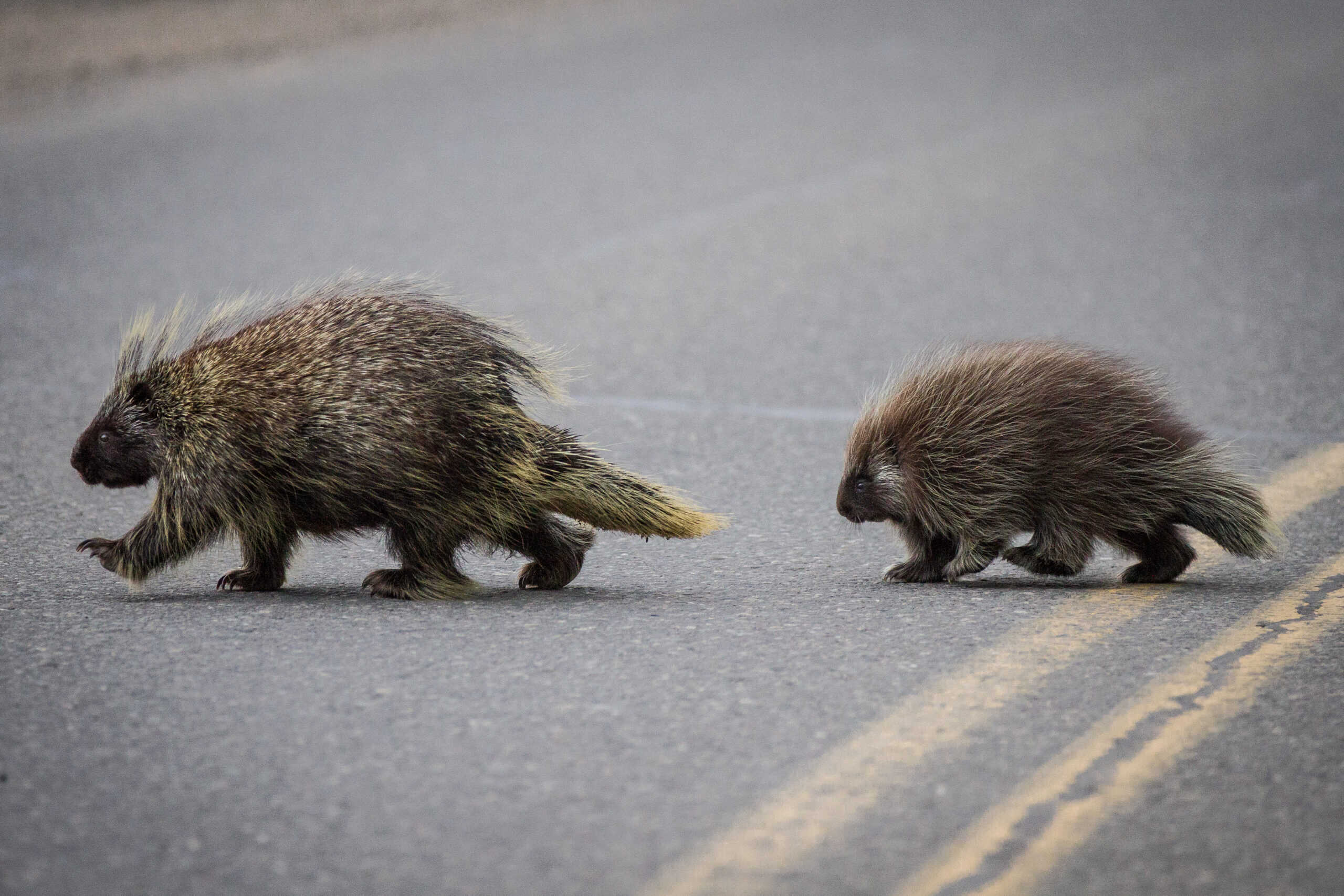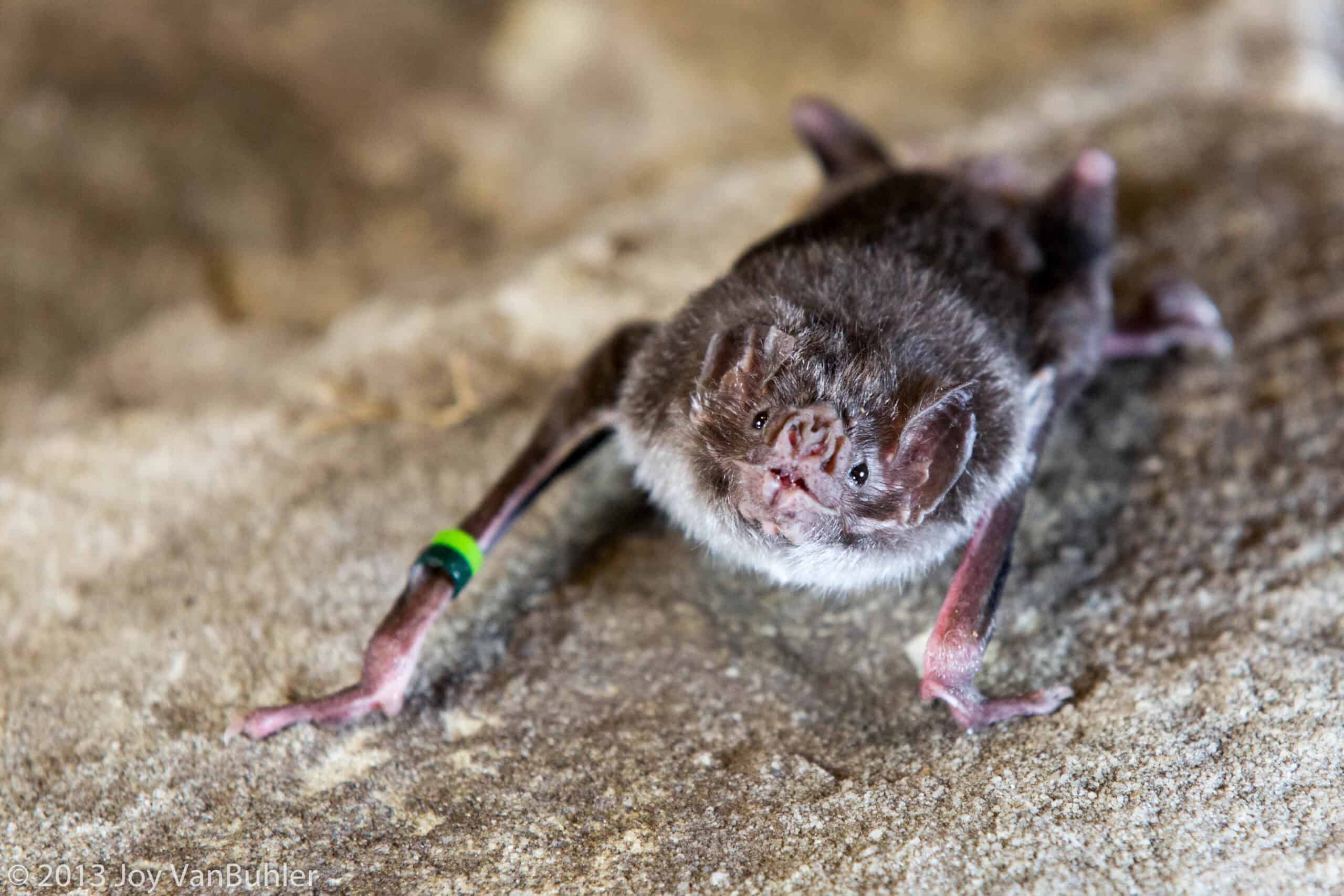Share this article
All sea turtle species show evidence of microplastic in gut
Scientists knew that sea turtles often swallow large pieces of plastic floating in the ocean, creating swallowing hazards. Now, a team of researchers has found evidence of microplastics appearing in the guts of every sea turtle species around the world.
“It’s pretty shocking,” said Emily Duncan, a researcher at the University of Exeter and a lead author of a recent study published in Global Change Biology.
Her team tested over 100 sea turtles from the Atlantic Ocean in North Carolina, the Mediterranean Sea in northern Cyprus and the Pacific Ocean in Queensland, Australia to see what they ingested.
Duncan said she and her colleagues knew smaller species like zooplankton were ingesting microplastics, “but we didn’t know if larger marine species do, how much, and if they were, how this might affect them.”
Studying turtles that died from strandings or were bycatch from fishing, she and her colleagues used an enzyme that eats away the biological material from the turtles’ guts and leaves behind nonbiological material. They found microplastics — bits of plastic under five millimeters in size — in every sea turtle they examined.
“The majority of them were these fibrous plastics or synthetic particles,” Duncan said, including polyethylene and nylon that appeared to come from clothing and tiny bits of rubber that likely came from tires.
Overall, the team found more than 800 synthetic particles in the 102 sea turtles they collected. The turtles appeared to show some geographic differences in the presence of microplastics. Sea turtles collected in Australia were the only ones that had ingested microbeads, which are often used in cosmetic products. Turtles collected from the Mediterranean appeared to have ingested higher quantities of microplastics, but since researchers tested only part of each turtles gut, Duncan said, that needs to be investigated further.
Duncan said they are not sure how the turtles are ingesting the microplastics, but researchers suspect they are carried by contaminated water, sediments, algae or prey. While it’s not clear how microplastics may affect the turtles, Duncan believes they may cause subcellular issues.
“We need to look at how these things are entering the environment and how to better stop this,” she said. “As well as cleaning it up in the oceans, we need to stop it from the source.”
Header Image: Sea turtles around the world are consuming microplastics, which likely come from products like car tires, clothes and cosmetics. ©Edmund Garman








